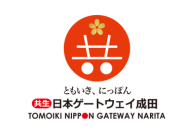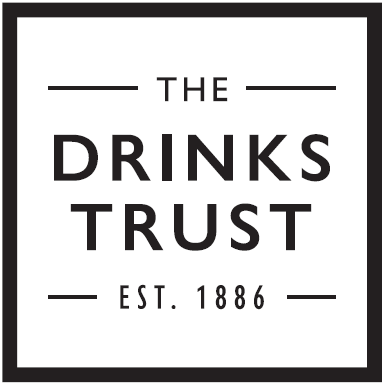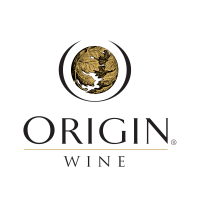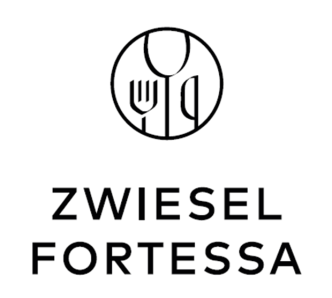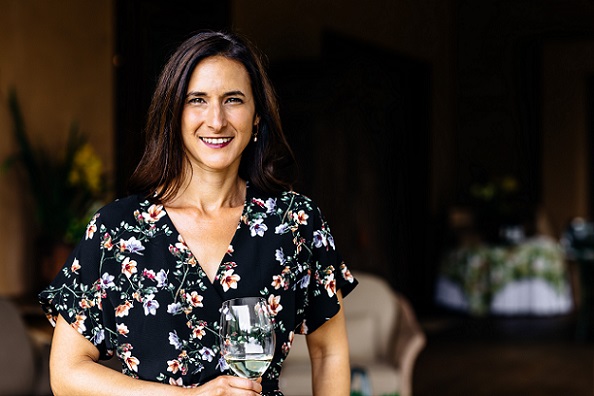
Quintessa winemaker Rebekah Wineburg (above) spends a great deal of time walking among the vines. She wants to observe and understand them. “Walking the vineyard all the time, all year round, you really get to understand the different characters of it. And tasting through the grapes as they start to mature, you can think about how best to highlight their unique character in the winery.”
But who wouldn’t want to spend time in the vineyard when it’s this beautiful?
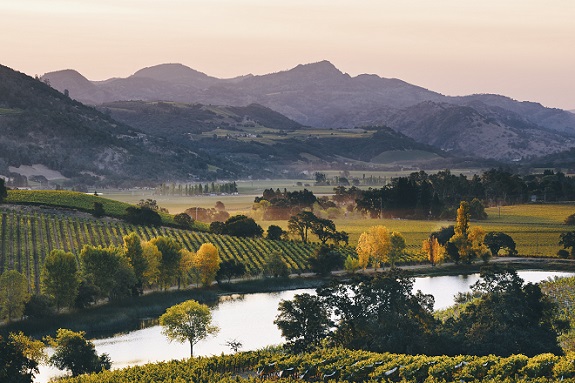
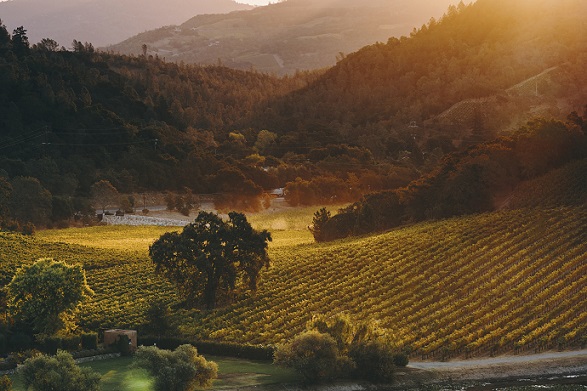
The luxury wine brand’s vines cover 55ha of the 113ha (280-acre) estate on the east side of the Rutherford AVA in Napa Valley, California. Growing over five hillsides stretching between the Silverado Trail and the Napa River, in 26 vineyard blocks flanked by native flora and fauna, in soil types as diverse as alluvial and white volcanic ash over rhyolite, and around a lake that’s used for irrigation are the Bordeaux varieties Cabernet Sauvignon, Merlot, Cabernet Franc, Petit Verdot and Carménère.
The land is so beautiful Chilean-born owners Agustin and Valeria Huneeus farmed it organically from the very beginning (1989) – long before it was fashionable – and converted to biodynamics in 1996.
Rebekah, who has a dual degree in chemistry and biology, says: “These practices, they make good sense. On the one hand, it’s a philosophical framework that forces you to observe and listen to what the vines have to say, to observe them growing, to see how they’re changing, how they’re adapting, how they’re reflecting their terroir, and, as a winemaker, that just makes you a better winemaker. You can be more transparent in the wine if you understand the vines better.
“And then, in the preparations themselves, particularly the cow-horn manure, that makes a lot of sense in terms of creating a healthy soil microbiome. For me, it doesn’t feel separate from everything else we do. It doesn’t feel too woo-woo.”
The winery, which is built into one of the hills, with the crushpad for a roof, is also picturesque – especially the cathedral-like cave where the wines mature.
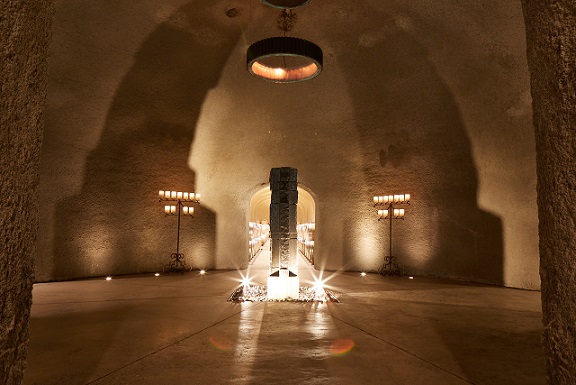
Quintessa produces only one wine – a red blend dominated by Cabernet Sauvignon – each vintage. It’s a stunning wine. I’ve tasted the newly released 2017 – a blend of 92% Cabernet Sauvignon, 4% Merlot, 3% Carménère and 1% Petit Verdot – and was blown away by its elegance and complexity.
But, since the beginning, Agustin and Valeria wanted to create one of the world’s great wines. For that, they needed to prove their wine could age gracefully. As well as releasing the 2017, they have also recently rereleased a limited number of bottles of the 2010 vintage.
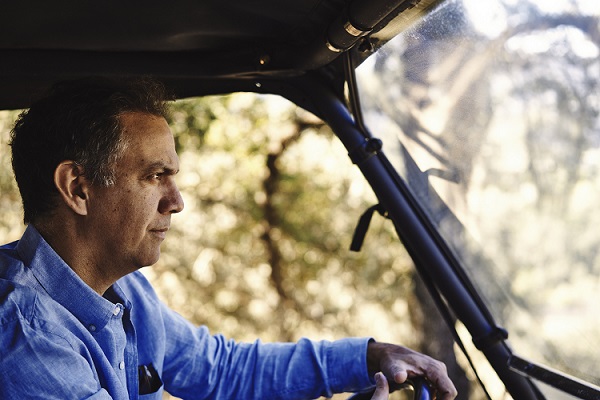
Estate director Rodrigo Soto (above) says the wine “is a time capsule, and over the decade that this wine has transformed in the bottle, it clearly demonstrates that the evolution is not only real but also special and unique”.
I asked Rebekah, who joined Quintessa in 2015, and Rodrigo, who joined in 2018 after working with Agustin Huneeus in Chile, about the changes in winemaking over the years.
It appears to have changed little. The fruit is harvested early in the morning, then sorted and gravity-fed into oak, stainless steel and – now – some 5,300L concrete tanks and vinified using native yeasts and natural MLF. Once fermentation and maceration are complete, the wine from each plot is aged separately for up to two years in French oak barrels from Taransaud, Demptos, Sylvain, Saury and Seguin-Moreau. There’s a large amount of new oak – 76% in the 2017 and 85% in the 2010 but Rebekah says: “I’m good working with between 60 and 75%.” She wants the oak barrels, which usually have fine-grained staves and medium-plus toast, to “support the fruit and not be make-up on top of it”. Regarding the toast levels, she says she wants it “to act kind of like salt in your food – when you have it salted right it brightens the flavours”.
After the final blend is created with the help of consultant Michel Rolland, who’s been associated with the estate since 2002, the wine is bottled and laid down for another year before release.
The main differences between the 2010 and 2017 are:
- Blend: All the estate’s five varieties were used in 2010; the Cabernet Franc was left out in 2017. Rebekah explains the young Cabernet Franc vines “did not respond as well to that year’s heat”.
- Maceration: 30 days for the 2010; 22 days for the 2017.
- Time in oak: 20 months for the 2010; 22 months for the 2017.
Rodrigo says Rebekah is being modest: “Obviously the philosophy has remained the same, but there’s always an interpretation of the philosophy by the winemaker. I think that the more that we learn about this property, you realise that the interpretation seems to be more and more precise. And I think that is the importance that we are giving to the understanding of the estate, of its diverse soils.”
Since its first vintage in 1994, Quintessa has produced only one estate bottled wine each year. The Huneeus family’s Old-World vision for the New-World estate has always been to craft a single wine each year that expresses the diverse land and transforms the soil, vines, climate, and energy into something greater than those parts.
Rebekah says this approach “brings some discipline and some rigidity to our model” but it’s the best way to express the “sense of place”.
But, she admits, there is always the temptation to make a second wine.
“It’s something we think about every year,” she tells me. “We have 26 blocks on the property. We have so many different underlying geologies, Napa Valley is really interesting this way and Quintessa is a microcosm of Napa Valley. And there’s five red varieties, but these are sections of Quintessa, which show one character. But, together in the blend, they show the whole character.
“In some years, every single part of this property will sing. And in other years, some are a little more shy… But every year it’s been the whole, the entire blend has always been better than the parts.”
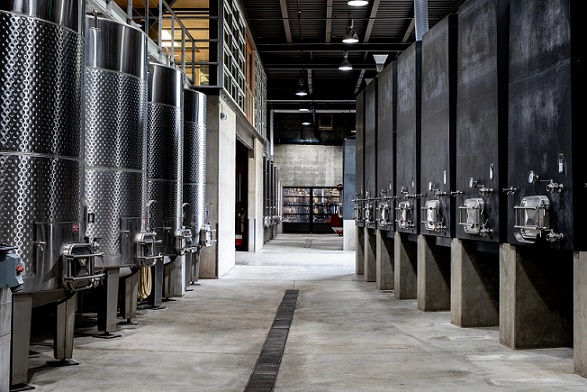
There could be 100 to 150 ‘parts’ to consider each vintage: 26 blocks; 70 to 80 pickings; free run plus a couple of cuts of the press; plus different vessels...
“We’re thinking about the blend the whole time, with every decision. You’re thinking about the complete character of Quintessa, separating it into individual parts in your head and then the blending process is remaking that one whole. That’s the way I think about it,” Rebekah explains.
'The blending process is remaking that one whole'“We have about a year and a half to work on this blend and come to a really intimate understanding and relationship with each of these individual lots as they’re developing. They’re alive, they have their own personality! Some parts of the property show themselves very early and other lots need longer to get through their teenage years and see how they’re really going to turn out. It’s a gift to have this long to work with the one wine, and to think about the one blend.”
I try to get Rebekah to expand on her techniques but she says: “The techniques don’t matter, the technology is a tool. That’s the way I think about it. The technology is the tool to allow you to observe and to share this terroir. It’s not the story itself.”
The keys, though, seem to be “minimal input” and “tasting every day”.
Rodrigo says they use techniques that amplify the true flavours of the estate and the important thing is learning what to expect from the different parcels. “I think that’s the key,” Rodrigo continues. “What should you expect? You must adapt your winemaking techniques to the expectations, not to what you want. And I think that if you ask me what is the difference between 2010 and 2017, or 18 and 19, it’s the purity of the expression of the site.
“I think that has been part of the learning process. I think that’s why we feel that today we’re in a very important moment for Quintessa. And that’s why we’re starting to push overseas, because I think that we are reaching another level of understanding of this estate and it’s the right time to tell the story after 25 years of trial and error.
“We were not ready before; today we’re ready. And I think it’s very important that we start getting a little more exposure for Quintessa in important environments like the UK, Japan, Korea and Hong Kong.”
Quintessa produces between 10,000 and 12,000 cases each vintage – which equates to between 45-55% of the estate’s potential output. The rest of the wines go to sister estate Faust and are blended with wine from cooler Coombsville, Napa’s newest AVA, which is located just east of the town of Napa.
Agustin and Valeria bought this former dairy farm in 1998. Agustin, former CEO of Concha y Toro, and wife Valeria, a microbiologist and viticulturist, also own Illumination (a limited production Sauvignon Blanc sourced from a tiny block on the Quintessa estate), Flowers Vineyards & Winery (a Sonoma County-based winery), Leviathan (a Napa Valley brand founded by winemaker Andy Erickson) and Benton-Lane Winery (in Oregon’s Willamette Valley).
As I open the 2017, and finally get to try one of the wines we’ve been talking about, I wonder why there’s no foil capsule to remove.
Rodrigo explains that the colours on the label come from rocks collected at Quintessa and the dark-coloured bottle represents the obsidian rock that’s all over the property. “There is no room for tin or a capsule because it will interfere with the purity of the design.”
Rebekah adds: “Every single detail on it has meaning.”
Details matter here. And the one detail to take away from this article is: Quintessa, the quintessential Napa estate, deserves its place among the world’s finest wines.


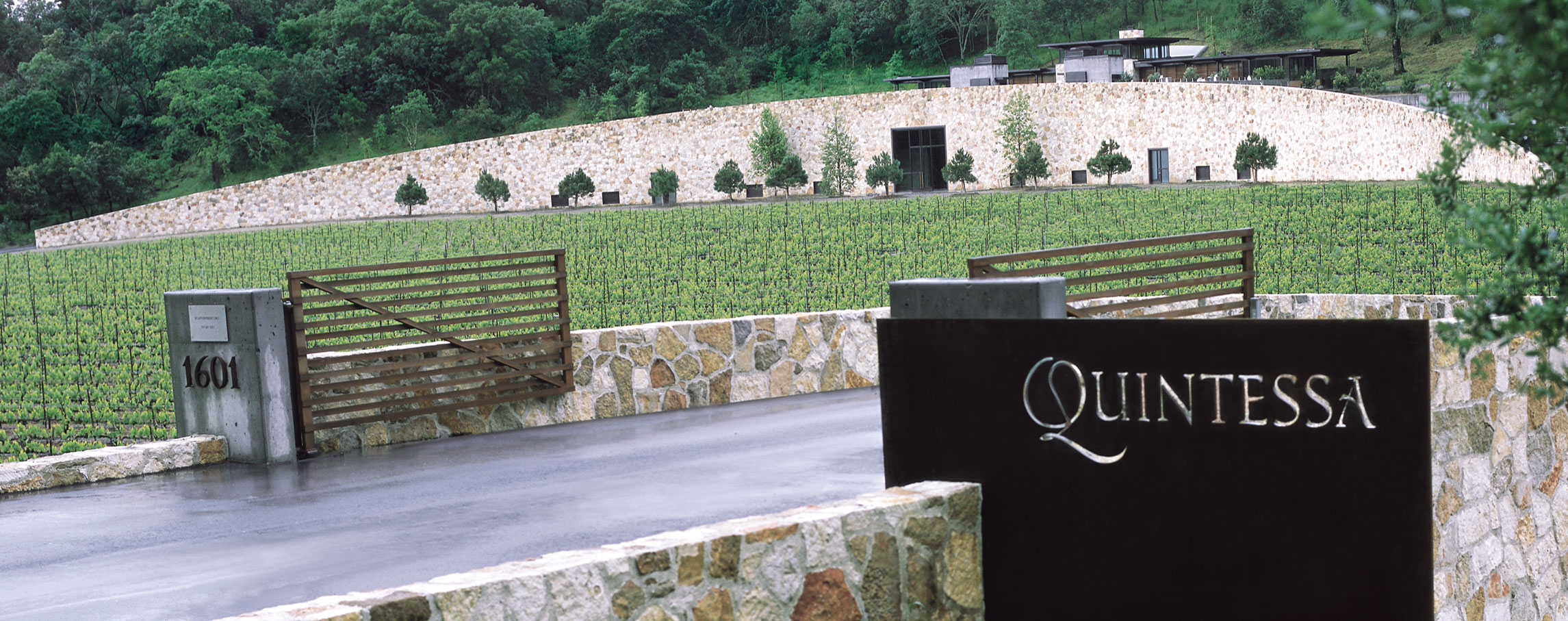
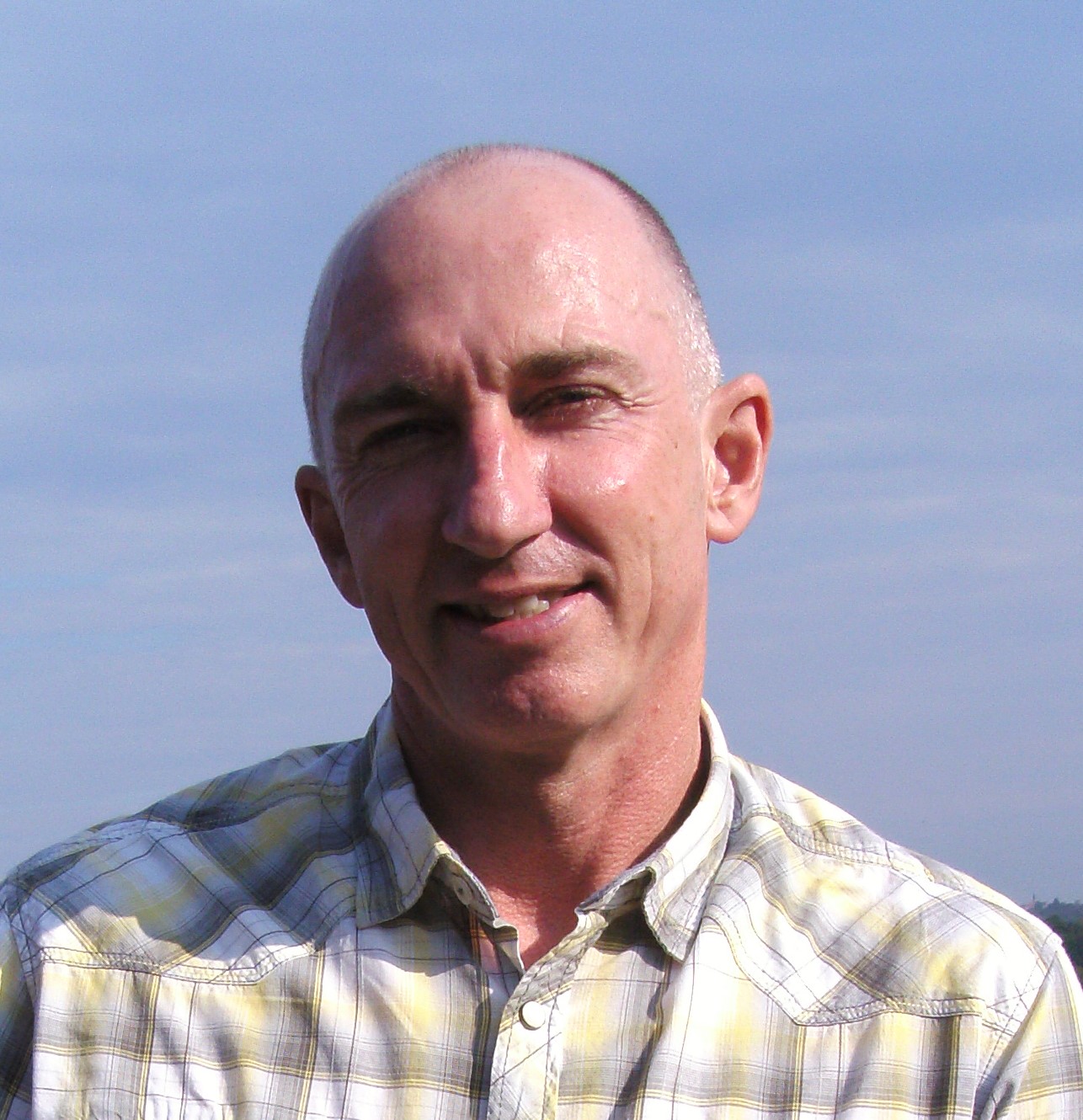



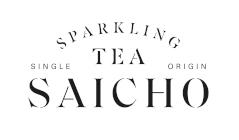

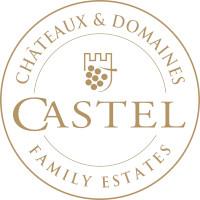


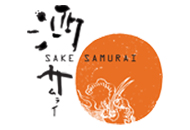
.png)
